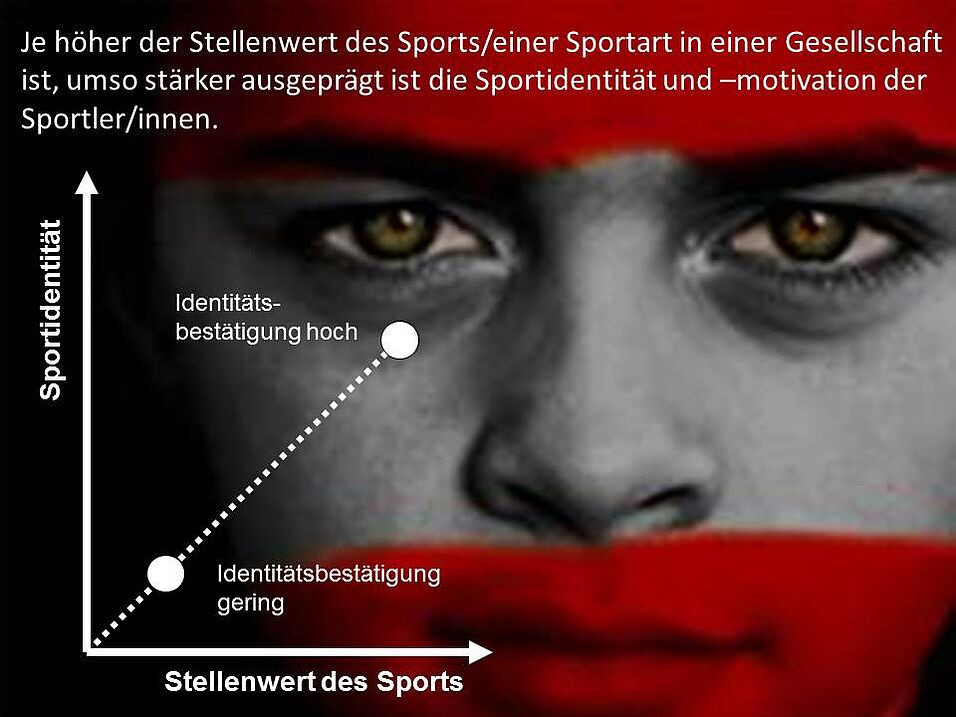The significance of sport in modern societies is a recurring topic in debates, both by the general public and in the field of science. Contributions to these debates are, due to a lack of empiric evidence, usually limited to rough classifications concerning the social significance of sport (for example a country might end up being referred to as a “ski nation” or a “football nation”). The aim of this research project was to operationalise the social significance of sport with the help of several indicators, thus creating a sport index. With these objective measurements and the resulting sport index, the social significance of sport becomes comparable. Additionally, a west-east-decline in the social significance of sport in Austria (as is often maintained) will be examined.
The research is based on the following indicators:
- Sport in federal schools (in hours per week)
- Participation in ski courses and sport weeks offered by schools
- Average complimentary sport offers at school
- Percentage of the population with a Membership in sport clubs
- Walking
- Hiking, running
- Bicycling as a sport
- Fitness, gymnastics
- Other sports
After analysing the nine indicators and calculating a sport index (which projects the social significance of sport in the Austrian federal states), decline from the western to the eastern states – despite opposing trends in individual states – can be confirmed. However, the differences between the states are less significant than expected:
Total sport index ranking: federal states in Austria

